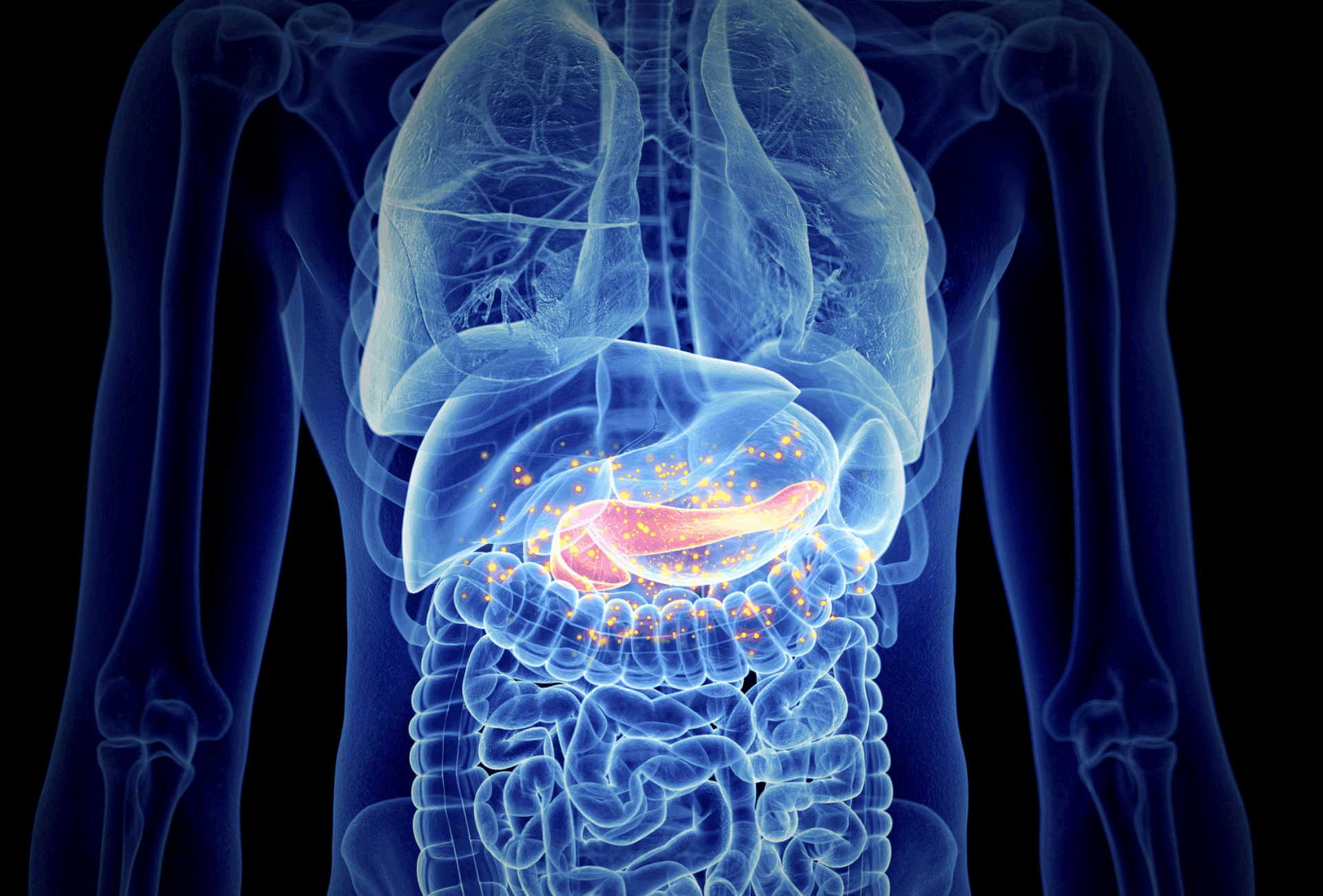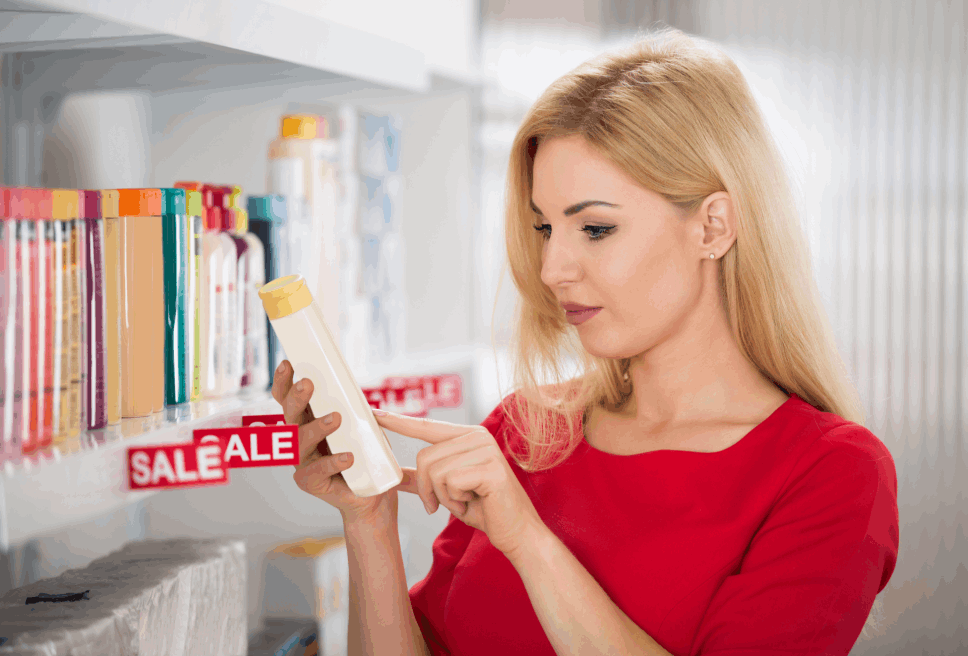Parabens are potential endocrine disruptors due to their ability to mimic estrogen. In cell studies, parabens have been found to weakly bind to estrogen receptors. Studies demonstrate that at sufficient concentrations, parabens can increase cell proliferation in human breast cancer MCF-7 cells, which are often used as a sensitive measure of estrogenic activity. In MCF-7 cells, isopropyl- and isobutyl parabens have the most potent of proliferative potency, but they are around 170,000 times lower than estradiol.
The so-called “long chain” parabens (butylparaben and its alternative form, isobutylparaben and isopropylparaben and propylparaben) have the strongest estrogenic activity among those widely used in personal care products. A study of prenatal isobutylparaben exposure in rats demonstrated increased uterus weight and uterine sensitivity to estrogen in the offspring. Ethylparaben showed lower levels of estrogenic activity and methylparaben shows almost no estrogen activity. In addition to direct estrogenic effects, parabens can block androgens (for example, testosterone) and inhibit enzymes that metabolize estrogen.
The Endocrine Disruption Exchange includes methylparaben, ethylparaben, propylparaben, butylparaben, isopropylparaben, isobutylparaben as endocrine disruptors due the multiple endocrine effects described above.
[reference: https://www.safecosmetics.org/get-the-facts/chemicals-of-concern/parabens/#_edn6]






FACEBOOK COMMENTS WILL BE SHOWN ONLY WHEN YOUR SITE IS ONLINE